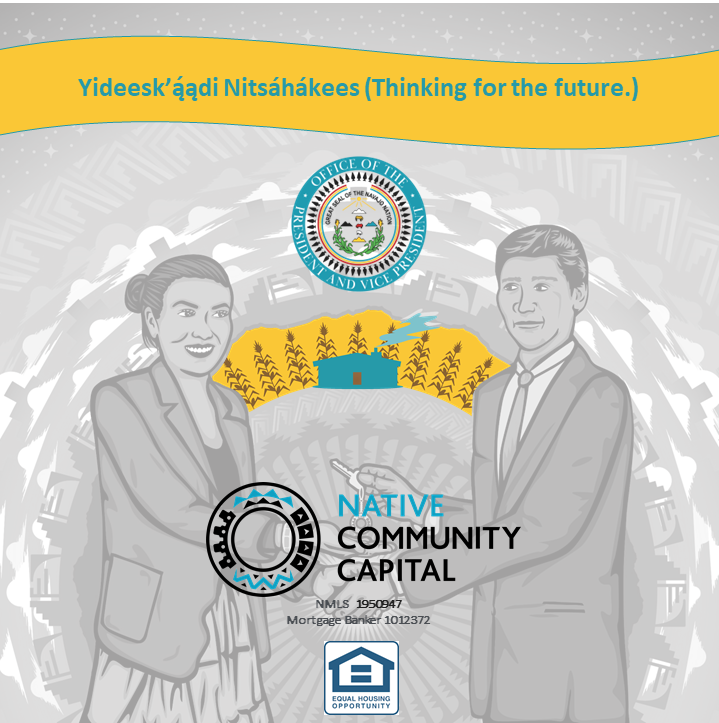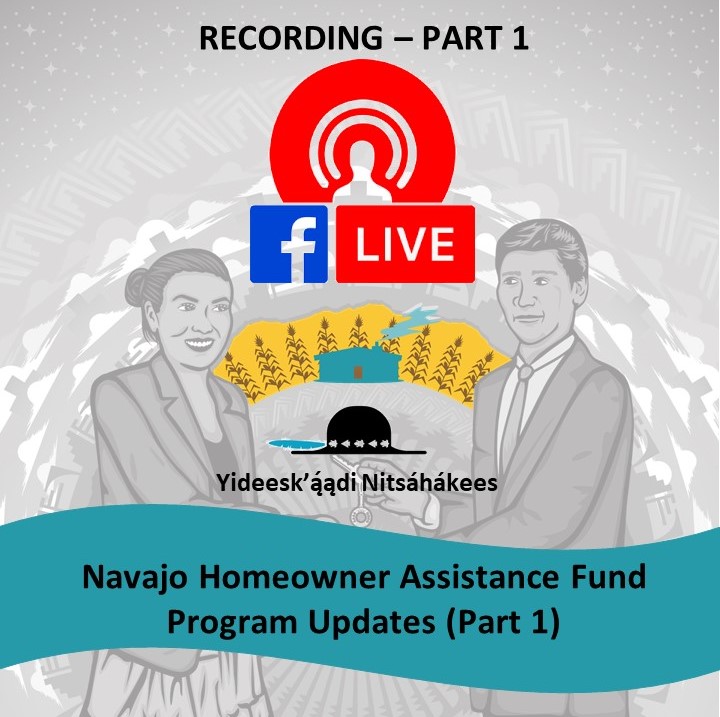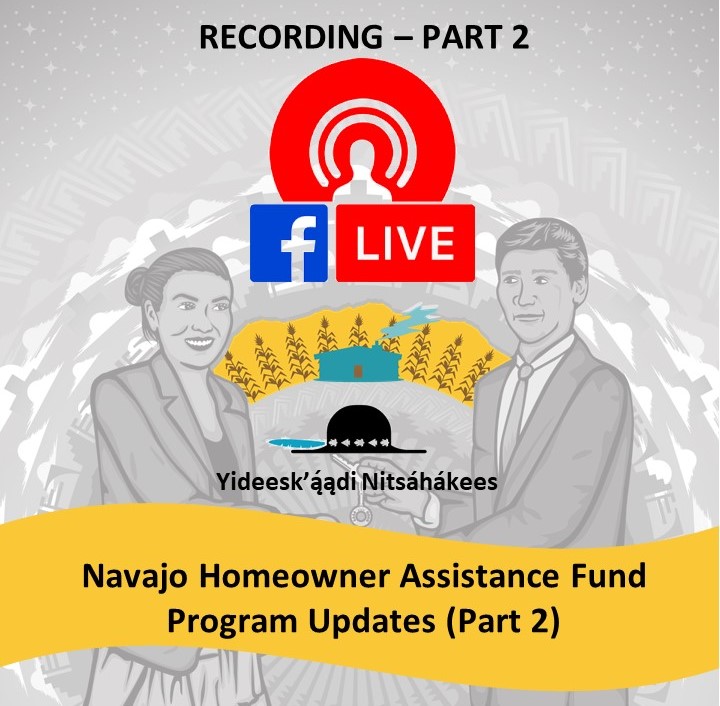NAVAJO HOMEOWNER ASSISTANCE FUND
The portal will open December 30th. After receiving 100 submitted applications the portal will close.
Please have all of the required documents available to upload to complete your submission. When the portal closes you will no longer have access to the portal.
Make your monthly mortgage payment. You are responsible to fulfill the terms of your mortgage loan. NHAF eligibility and funding is not guaranteed.
News You Can Use
Nearly 1/3 of the applicants are in Foreclosure, Pre-Foreclosure, or seriously delinquent, and these are the priority files we are working on. These files tend to take longer due to working with the lenders and attorneys. We thank you for your patience.
The COVID-19 related hardship must be after the purchase of the home.
There must be a COVID-19 related financial hardship. It must be determined a homeowner’s financial hardship is associated with the coronavirus pandemic.
Treasury does not allow reimbursement for Home Repairs.

What is the Navajo Homeowner Assistance Fund?
The Navajo Homeowner Assistance Fund (NHAF) is made possible with federal stimulus funds and the Biden Administration. The funds shall be offered to eligible applicants with a demonstrated need to maintain homeownership. The funding shall be deployed over a three-year period ending on September 30, 2026 and with priority to Navajo homeowners most affected by the COVID pandemic.
Most asked questions from the Live Q&A (3/11/24)Getting Started
Step 1 – Gather the documentation listed Here.
Step 2 – Register
Step 3 – Login to start the application and upload your documents.
Step 4 – Submit your application – the application is not submitted until you click on the submit tab after completing the application.
Applicants must meet the basic NHAF eligibility requirements before being considered for any NHAF assistance programs listed below. Programs and grant assistance amounts may be subject to change or be discontinued at any time.
NHAF Program Period is January 21, 2020 through September 30, 2026
Total Gross Household Income means all household income from anyone residing in the household.
Which Programs to Apply For?
Primary Mortgage Principal Reduction Assistance (MPRA) Program:
(eligible for up to $100,000 depending on age – per applicant household):
(a) Has there been a “permanent” (definition below) reduction in total gross household income of at least 20% for homeowner(s) listed on the mortgage during the NHAF Program Period?
OR
(b) Was there a “permanent” (definition below) reduction in total gross household income of at least 20%, for homeowner(s) listed on the mortgage which occurred prior to January 21, 2020, and continued after that date?
Permanent means:
(1) There is proof at least one homeowner listed on the mortgage was retired during the NHAF Program Period.
OR
(2) The income reduction for at least one homeowner listed on the mortgage lasted for at least the past 12 months immediately preceding the application date.
If Yes to either (a) or (b), then Apply for MPRA.
If No, then Stop. You are not eligible for Primary MPRA.
Applicants 55 years or older = Eligible for up to $100,000
Applicants under 55 years old = Eligible for up to $50,000
Secondary Mortgage Principal Reduction Assistance (MPRA) Program:
(eligible for up to $50,000 regardless of age – per applicant household):
Was there a reduction in the total gross household income of at least 20% for at least 12 consecutive months for homeowner(s) listed on the mortgage anytime during the NHAF Program Period?
If Yes, then Apply for MPRA
If No, then Stop. You are not eligible for Secondary MPRA.
Monthly Mortgage Payment Assistance (MMPA) Program:
(eligible for up to $72,000 per applicant household; however, assistance will not extend beyond September 30, 2026)
Is your mortgage payment more than 21% of your gross monthly household income?
Example:
If gross monthly household income = $5,000 Then 21% of $5,000 is $1,050.
If monthly mortgage payment = $1,575
Then MMPA would be $525 ($1,575 minus $1,050).
If Yes, then Apply for MMPA.
If No, then Stop. You are not eligible.
Mortgage Reinstatement Assistance (MRA) Program:
(eligible for up to $50,000 per applicant household)
Are you past due on your mortgage payment(s). This includes HOA fees and/or property taxes?
OR
Do you have a deferred balance or partial claim?
If Yes to either, then Apply for MRA.
If No to both, then Stop. You are not eligible.
Payments do not have to be currently past due to be eligible for assistance to pay off any deferred balance or partial claim.
Home Repair Assistance (HRA) Program:
Eligible for up to $100,000 per household for Home Repair Assistance to prevent homeowner displacement, such as home repairs to maintain the habitability of a home, including the reasonable addition of habitable space to alleviate overcrowding.
Home Repair Assistance is now available in all 50 states.
Clear Title Assistance (CTA) Program:
(eligible for up to $30,000 per applicant household)
Do you need to obtain a clear title to your home but are not able to pay the fees to start and finish the process to do so?
If Yes, then Apply for CTA.
If No, then Stop. You are not eligible.
Basic Eligibility Requirements
All requirements must be supported with proper documentation
- Applicant must be an enrolled member of the Navajo Nation with ownership interest in the property (on the deed of trust for Fee Simple property)
- Must be applicant’s primary residence
- Evidence of homeownership on tribal or individually held trust lands may be (any of the following)
- Household income must be less than 150% of HAF program limits. Check HAF Income Limits.
- Homeowners must have a financial hardship after January 21, 2020
- The COVID-19 related hardship must be after the purchase of the home.
HAF Program Definition of Financial Hardship
It must be determined a homeowner’s hardship is associated with the coronavirus pandemic.
Financial hardship means a material reduction in income or material increase in living expenses associated with the coronavirus pandemic that has created or increased a risk of mortgage delinquency, mortgage default, foreclosure, loss of utilities or home energy services, or displacement for a homeowner.
The more complete your information and documentation received upfront, the quicker your application can be processed.
Helpful Info
- Priority files move to the front of the line for review without regard to the month the application is submitted.
- Priority files are applicants in active foreclosure, have received an Intent to Foreclose notice, and/or are more than 4 months past due. Home Repair files with major displacement issues like; no working A/C, basic water, plumbing, sewer, and electrical repairs are priority.
- Returning items requested within the timeframe given will expedite your process.
- You may call your processor and ask any questions about the items requested or if you are having difficulty obtaining any items needed. This will also expedite your process.
- Our time frames are approximate and will be affected by how long it takes to receive the necessary documents and information to determine eligibility.
- A file cannot move forward without the documents and information needed to determine eligibility.
- New files cannot be processed until files currently in process are moved forward.



